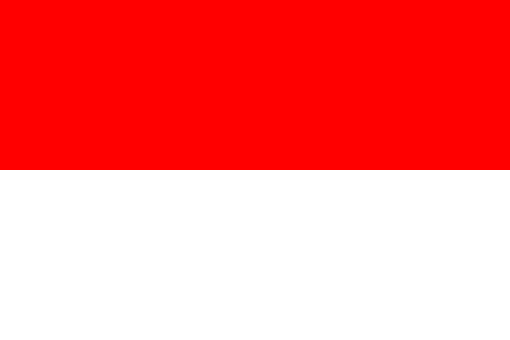A Bayesian spatiotemporal Poisson conditional autoregressive model for dengue haemorrhagic fever in Indonesia integrating satellite-generated environmental data

All claims expressed in this article are solely those of the authors and do not necessarily represent those of their affiliated organizations, or those of the publisher, the editors and the reviewers. Any product that may be evaluated in this article or claim that may be made by its manufacturer is not guaranteed or endorsed by the publisher.
Authors
In association with cases of Dengue Haemorrhagic Fever (DHF), Indonesia’s Breteau Index has consistently fallen below the national standard of 95% over the past 12 years (2007–2019). Currently, the country relies on survey methods to map DHF spread, but these methods are costly and require substantial resource support since monitoring DHF cases necessitates considering both spatial and temporal aspects. As an alternative, we proposed a pilot study utilizing a localized version of the hierarchical Bayesian spatiotemporal conditional autoregressive model (LHBSTCARM) to predict the DHF cases in Makassar City, Indonesia. Using this approach, we examined the relationship between DHF and the normalized difference built-up index (NDBI), the Normalized Difference Vegetation Index (NDVI), and the Normalized Difference Water Index (NDWI) that were downloaded from the Sentinel-2 satellite. Based on these datasets, we identified an optimal LHBSTCARM model that classified areas in Makassar City into distinct spatial risk groups based on the likelihood of dengue occurrence. Specifically, the model identified four districts with low relative risk, one with high relative risk and the remaining districts with moderate relative risk. Incorporating covariates, the model also revealed that NDVI and NDWI were significant predictors for dengue outbreaks, whereas NDBI was not. Both significant covariates showed negative effects, with a one-unit increase in NDVI and NDWI associated with reductions in DHF cases by 84.5% and 81.5%, respectively. Thus, NDVI and NDWI are the environmental variables of choice for the prediction of DHF incidence.
Supporting Agencies
Beasiswa Pendidikan Indonesia (BPI), Penelitian Disertasi Doktor (PDD)How to Cite

This work is licensed under a Creative Commons Attribution-NonCommercial 4.0 International License.








